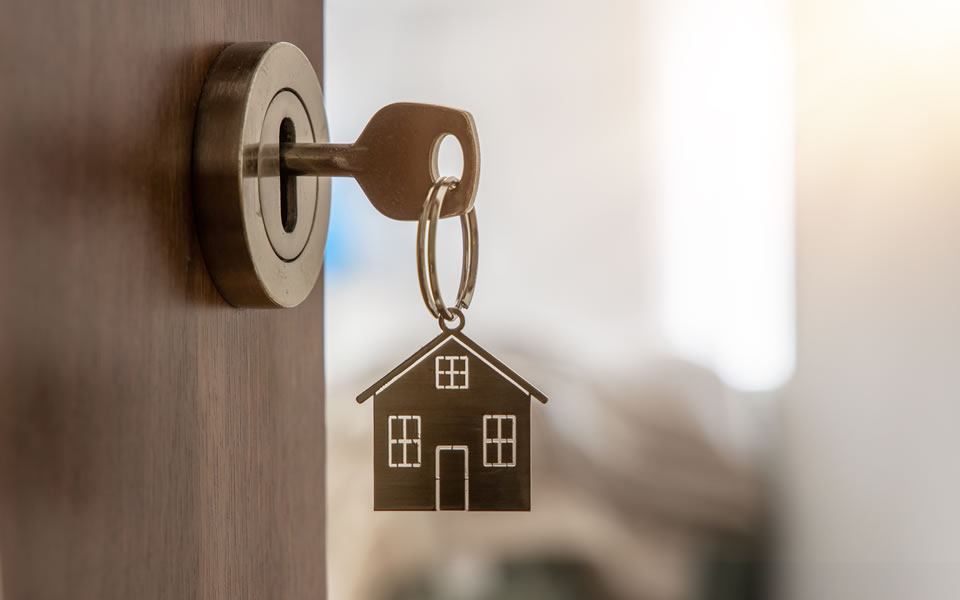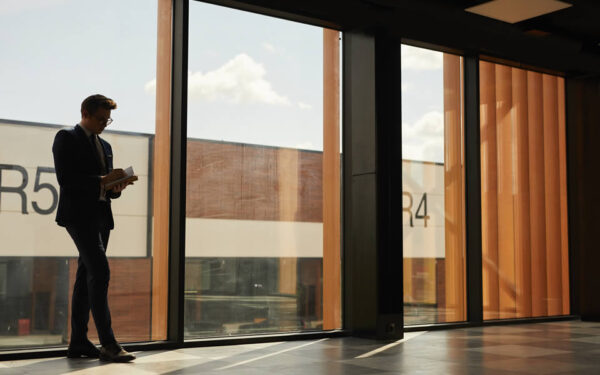Statutory Residency – It’s More Than Just Time and Place
By Tom Corrie, New York Metro Leader - State & Local Tax
Once state auditors come knocking on their door, taxpayers often become all too familiar with the notion of “statutory residency.” Many states have some form of statutory residency concept, usually tied into a particular amount of time spent by non-residents within the state’s geographic boundaries, often requiring living quarters within the state. Statutory residency should be distinguished from the concept of domicile. Often, taxpayers who are domiciled in a state confuse the two concepts, thinking that if they spend less than 183 days in that state, they will escape the state’s personal income tax. A person’s domicile is the place they intend to be their permanent home. Generally, subject to limited exceptions, the amount of time spent by taxpayers in their state of domicile is not relevant to the concept of taxability. Taxpayers who seek to change their domicile carry the burden of proving the change. A taxpayer who is considered a statutory resident of a state is treated as if they were domiciled in the state. In other words, they are subject to the state’s income taxing regime in full, just as if the state was their resident domicile state. Consequently, a taxpayer can be subject to tax in their state of domicile and where they are considered a statutory resident.
New York and Statutory Residency
Perhaps no state invokes the statutory residency rules more than New York. The state is particularly aggressive when auditing non-residents, seeking to pull them fully into New York’s personal income tax nets. Under the state’s provisions, a non-resident who maintains a “permanent place of abode” within the state for greater than ten months of the year and is physically present for more than 183 days in the taxable year is considered a statutory resident. It is important to note that New York considers any day in which a person is physically present in the state for any part of the day (even 5 minutes) to be a New York day when it comes to the statutory residency day count. Furthermore, when it comes to a married couple filing taxes jointly, the determination of their statutory residency day count is dependent on the total number of days spent by both individuals in the state.
It should be noted that if both individuals are in New York on the same day, it is considered as only one day for the purpose of counting residency days. For example, if a husband is in New York for 120 days while his wife is in the state for 110 days, with forty of those days being days in which both are in the state, the statutory day count requirement will be met as there are a total of 190 New York days. The day count rule is subject to certain limited exceptions. For instance, if a Connecticut resident travels through New York to catch an airline flight out of JFK International Airport, that day will not be considered a New York day if the travel is direct with no New York stops other than the airport. If, however, the individual stops along the highway in New York to enjoy a meal at McDonald’s before arriving at the airport, that day will be considered a New York day, as the exception will not apply.
In general, the New York State Department of Taxation and Finance (the “Department”) considers a permanent place of abode to be living quarters sufficient to support everyday living. Such quarters would usually include sleeping, cooking, and bathroom facilities. Again, certain limited exceptions exist, but the Department interprets these strictly. For instance, a residence under heavy construction and not fit for habitation would not be considered a permanent place of abode. However, a slight kitchen makeover would likely not qualify for the exception.
The Department’s View
On audit, the Department generally takes the position that all that is needed for a non-resident individual to be considered a statutory resident is for that person to satisfy both the day count requirement and the permanent place of abode requirement. However, a review of case law regarding the issue points to an additional prerequisite that may be necessary before the statutory residency requirements are met.
Residential Interest
Despite the Department’s best efforts to interpret the statutory residency requirements as only calling for more than 183 in-state days, plus a permanent place of abode, the New York courts have interpreted the rule differently and added a third prong to the test. The seminal case in the area is Gaied v. NYS Tax Appeals Trib., 22 N.Y.3d 592 (2014), in which the NYS Court of Appeals held that for a taxpayer to be treated as a statutory resident, the permanent place of abode in question must serve as the taxpayer’s residence. In other words, the taxpayer must have a “residential interest” in the property. The taxpayer in Gaied was a New Jersey resident who owned a business on Staten Island in New York City, where he worked full-time.
Accordingly, he clearly met the greater than 183-day requirement of the statutory residency test. He also owned a home on Staten Island, where his elderly parents lived. He had no personal effects in the house, nor did he have sleeping accommodations. On occasion, when his parent’s health issues required him to sleep at the home, he slept on a couch. On audit, the Department took the position that the taxpayer was a statutory resident of New York since he spent more than 183 days in New York and owned a permanent place of abode in the state. The Department’s position prevailed in the lower courts. However, as noted above, the Court of Appeals saw things differently, holding that there must be a residential connection between the taxpayer and a permanent place of abode for the statutory residency requirements.
The court provided greater insight regarding the residential interest requirement in Obus v. NYS Tax Appeals Trib., 172 N.Y.S.3d 493 (2022). In that case, the petitioner was domiciled in New Jersey and commuted daily to his employer’s office in New York City. Consequently, the greater than 183-day requirement was not an issue. The petitioner owned a vacation home in upstate New York, a 4-hour drive from his New Jersey home and used by the petitioner very infrequently. The vacation home was suitable for year-round living and met all the physical requirements for a permanent place of abode. However, because the vacation home was located so far from the petitioner’s home and workplace and used so infrequently by the petitioner, the court held that, as to the petitioner, the vacation home did not constitute a permanent place of abode. In the court’s view, the facts did not demonstrate the presence of a “residential interest” regarding the petitioner concerning the vacation home.
Can a taxpayer have sufficient residential interest in a permanent place of abode in which they have no legal proprietary interest to trigger the statutory residency rule? That question was addressed in Evans v. Tax App Tribunal, 199 A.D.2d (1993), in which the court held that a New York State resident had a permanent place of abode in New York City even though he neither owned nor leased the residence. Under the facts of that case, the taxpayer owned a home in upstate New York, which was his domicile residence. However, for twelve years, he lived in a church rectory on weekdays at the invitation of a priest who was a friend. The taxpayer had his own bedroom, which included some of his personal furniture. In addition, he shared certain expenses with the priest. The court found that the connections between the taxpayer and the rectory were sufficient to constitute a permanent place of abode for him.
Conclusion
Statutory residency rules vary by state and can be extraordinarily complex. The above analysis regarding the New York rule demonstrates that. States generally seek to apply their statutory residency provisions very strictly. However, by interpreting the statutes as viewed by the courts, areas of opportunity for clients can be uncovered. In an audit situation, it is essential to involve state tax practitioners early in the audit process. Failure to do so can lead to lost opportunities for the taxpayer under audit.






